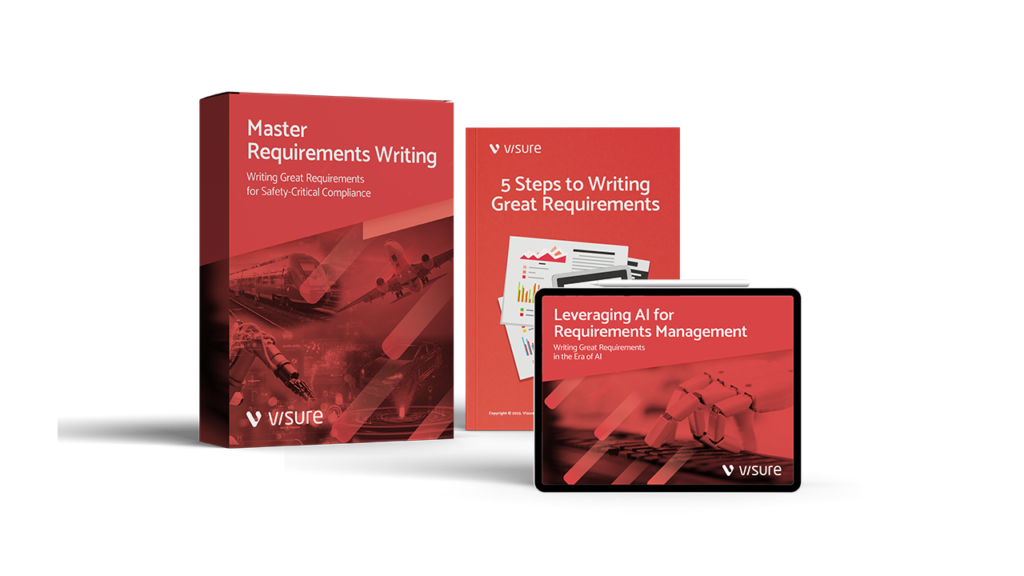Introduction In the dynamic landscape of modern development, managing requirements effectively is critical to the success of any project. As requirements evolve, teams need a systematic approach to track, manage, and preserve their history. This is where Requirements Versioning comes into play. Requirements Versioning refers to the process of systematically managing changes to requirements, ensuring […]
Read More… from What is Requirements Versioning: Definition, Best Tools & Practices
